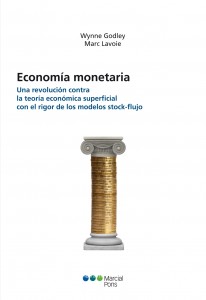I have received from Hamid Raza, working with Stephen Kinsella in Limerick, a package containing models from Godley & Lavoie Monetary economics, chapters 3 to 9.
They have been published in the model section of the website.
(I have not checked the code yet…)
I deeply thank Hamid, since R is a free software, and the availability of R code will be of great help to anyone who is not willing to purchase a software licence.
